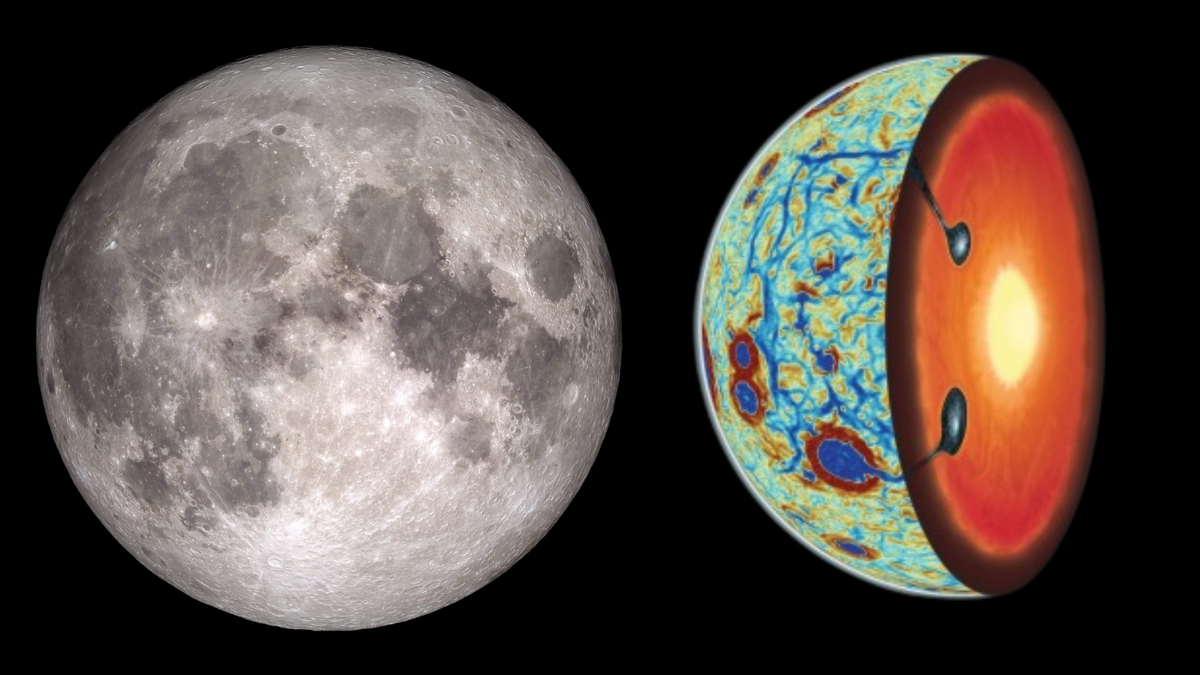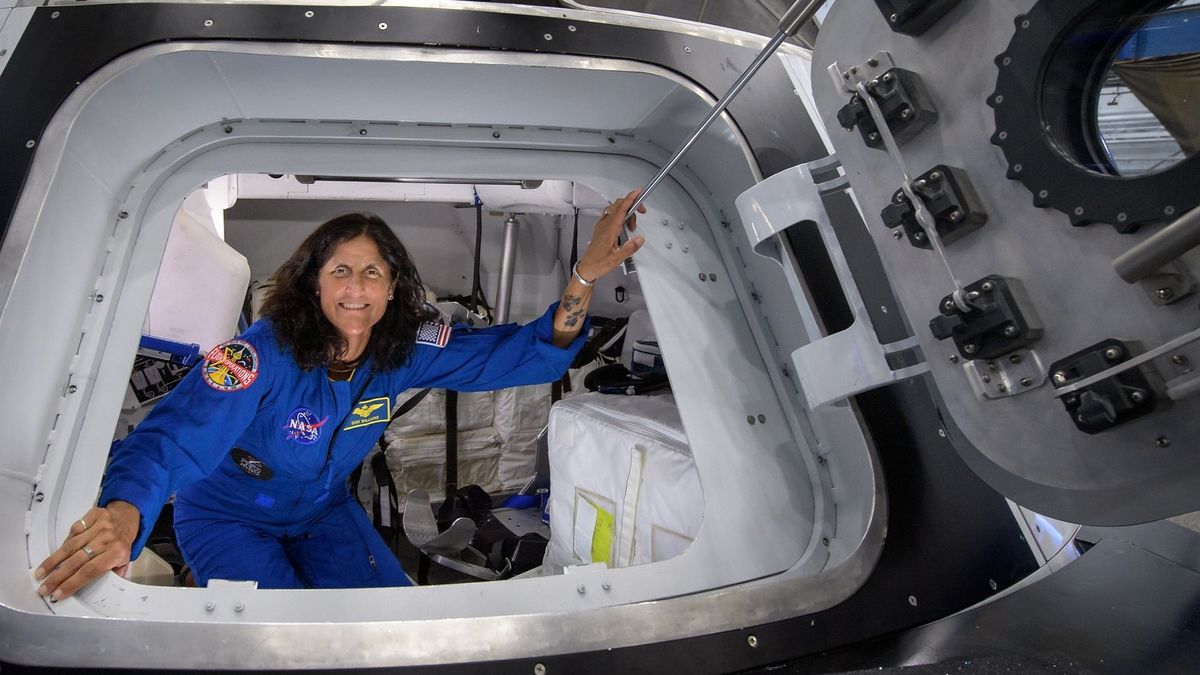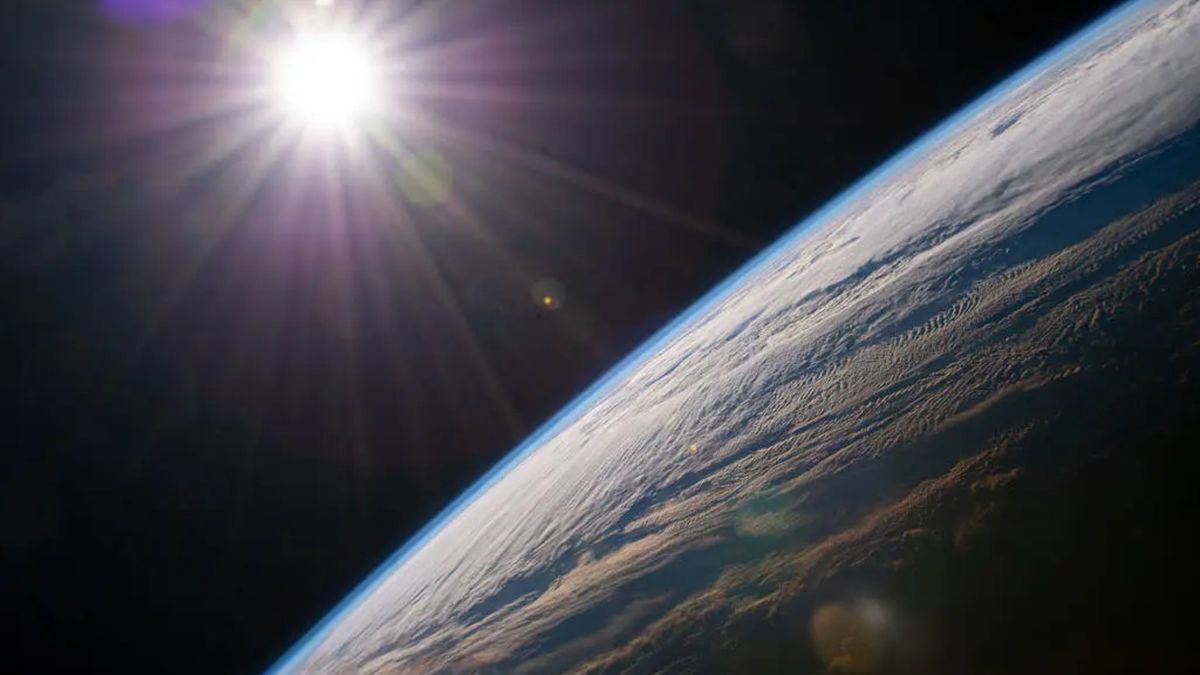The Formation of the Moon: A Complex Evolutionary Process
More than 4.2 billion years ago, an extraordinary event occurred in our solar system – the creation of the moon. While most scientists agree that the moon originated around 4.5 billion years ago from a massive collision with Earth, the specific process of how the moon evolved into its current form remains a topic of debate and intrigue.
The Lunar Birth: A “Choose-Your-Own-Adventure” Novel
A team of scientists from the University of Arizona’s Lunar and Planetary Laboratory has delved into the mysteries of the moon’s formation, likening its evolution to a “choose-your-own-adventure novel.” This analogy highlights the diverse pathways that Earth’s natural satellite could have taken to reach its present state.
One intriguing theory proposed by the researchers suggests that rock samples collected during the Apollo missions may indicate a pivotal moment in lunar history when the moon “flipped inside out.” This transformative event could hold the key to unlocking long-standing mysteries about the moon’s composition and formation.
Titanium Enigma: Unraveling Lunar Mysteries
Recent discoveries of high concentrations of titanium in lunar rocks have puzzled scientists, particularly the uneven distribution of titanium-rich volcanic rocks on the moon’s near side. The University of Arizona team posits that the moon initially formed with a complete mantle of hot magma, which gradually solidified to create its external layers.
As the moon’s molten interior cooled, dense materials such as ilmenite, a mineral rich in iron and titanium, could have accumulated beneath the surface. The team’s research leader, Weigang Liang, suggests that these heavy minerals may have created gravitational instabilities, leading to intriguing geological phenomena within the moon.
GRAIL and Lunar Gravity Anomalies
To validate their theories, the researchers turned to data from NASA’s GRAIL mission, which detected variations in the moon’s gravity field. By analyzing these anomalies, the team was able to confirm the presence of ilmenite remnants beneath the moon’s surface, shedding light on its complex geological history.
The GRAIL data supported the team’s simulations of ilmenite migration to the moon’s near side and subsequent sinking into its interior. This consistency between models and observations provided compelling evidence for the team’s proposed lunar evolution scenario.
The Lopsided Moon: A Tantalizing Discovery
The team’s findings also offer insights into the moon’s asymmetrical nature, with distinct features such as the Oceanus Procellarum region and a thinner crust on the near side. This lopsided lunar landscape, characterized by varying elevations and mineral concentrations, paints a vivid picture of the moon’s tumultuous past.
Looking ahead, the researchers anticipate that future missions, including NASA’s Artemis III mission scheduled for 2025, will provide further opportunities to explore the moon’s enigmatic history. By combining advanced models with empirical data, scientists hope to unravel the remaining mysteries of our celestial neighbor.
As humanity stands on the cusp of a new era of lunar exploration, armed with a deeper understanding of the moon’s origins, we are poised to uncover even more secrets hidden beneath its ancient surface.
Image/Photo credit: source url





